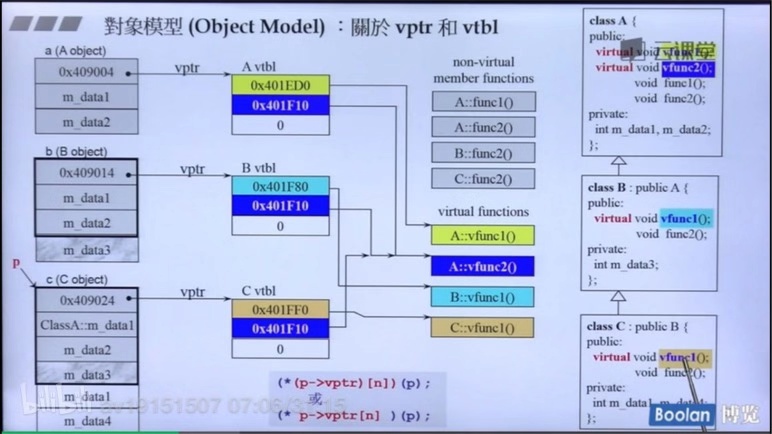C++核心准则T.84:使用非模板核心实现提供稳定的ABI接口
C++核心准则T.84:使用非模板核心实现提供稳定的ABI接口

T.84: Use a non-template core implementation to provide an ABI-stable interface
T.84:使用非模板核心实现提供稳定的ABI接口
Reason(原因)
Improve stability of code. Avoid code bloat.
提高代码的稳定性。避免代码膨胀。
Example(示例)
It could be a base class:
它可以作为基类存在:
struct Link_base { // stable
Link_base* suc;
Link_base* pre;
};
template<typename T> // templated wrapper to add type safety
struct Link : Link_base {
T val;
};
struct List_base {
Link_base* first; // first element (if any)
int sz; // number of elements
void add_front(Link_base* p);
// ...
};
template<typename T>
class List : List_base {
public:
void put_front(const T& e) { add_front(new Link<T>{e}); } // implicit cast to Link_base
T& front() { static_cast<Link<T>*>(first).val; } // explicit cast back to Link<T>
// ...
};
List<int> li;
List<string> ls;
Now there is only one copy of the operations linking and unlinking elements of a List. The Link and List classes do nothing but type manipulation.
(虽然例示了两个List类,)对于List的关联和非关联元素来讲,只有一套操作(函数)的拷贝。Link和List除了类型操作之外不做任何事。
Instead of using a separate "base" type, another common technique is to specialize for void or void* and have the general template for T be just the safely-encapsulated casts to and from the core void implementation.
除了使用独立的“基础”类型,另外一个通用技术是定义基于void和void*类型的核心实现并准备一个目的仅限于安全地封装从或到void核心实现进行转换的通用模板类。
Alternative: Use a Pimpl implementation.
其他选项:使用指向实现的指针技术来实现。
原文链接
https://github.com/isocpp/CppCoreGuidelines/blob/master/CppCoreGuidelines.md#t84-use-a-non-template-core-implementation-to-provide-an-abi-stable-interface








